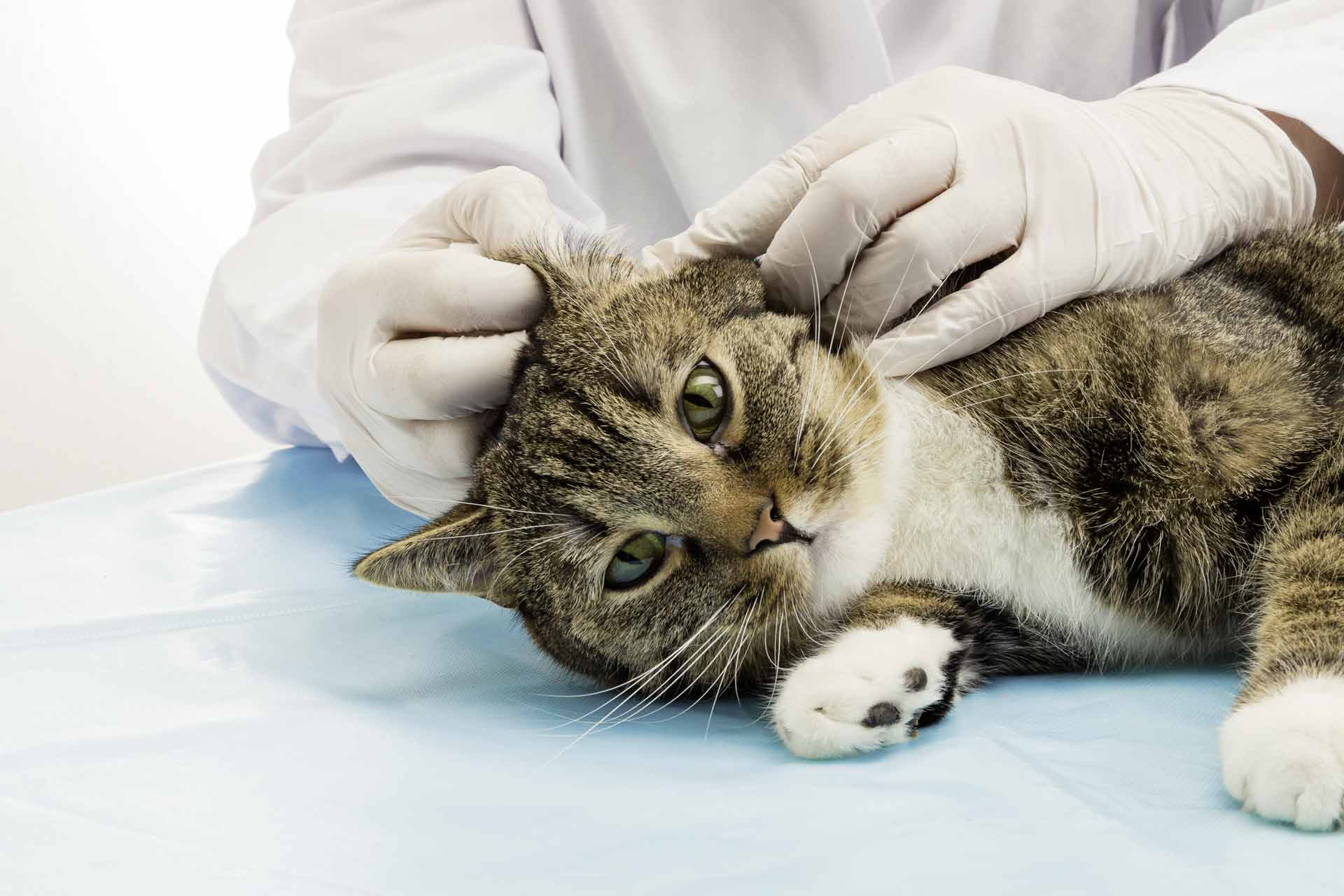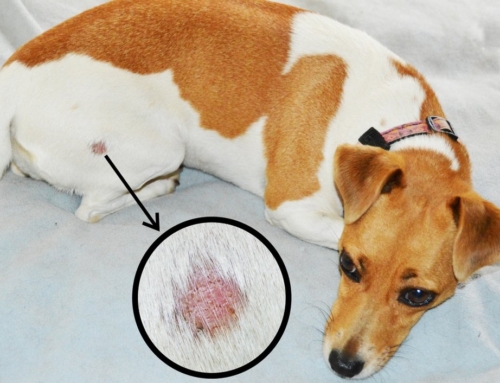As the days of July continue to go by, we at Central Park Animal Hospital continue our awareness month to educate owners on the potential dangers of summer.
This time we introduce ear mites.
 As we enter the peak of summer weather, many potential health problems arise due to the increase in temperature; which are perfect conditions for many parasites. One such parasite that increases in abundance during this time is ear mites.
As we enter the peak of summer weather, many potential health problems arise due to the increase in temperature; which are perfect conditions for many parasites. One such parasite that increases in abundance during this time is ear mites.
Ear mites are irritating little creatures that subside in the ear canal of your pets causing them to feel uncomfortable and bothersome. Most ear mite infections occur in cats, with a small percentage affecting dogs; generally, humans are not affected. The main method of transmitting ear mites is through direct contact between your pet and an infected individual.
It does not take a lot for ear mites to transfer from each animal, a simple touch or sleeping in the same bed can cause immediate infection. As such, it is important to recognize the signs of an ear mite infection and to correctly provide solutions to get rid of ear mites if your furry companion is infected.
Irritating Ear Mites
The first sign to recognize whether your pet has ear mites or not is by looking at the ears of your furry companion. When a pet is infected, they will have dark and brown material on the inside of their ear canal. This dark and brown material is mainly due to the waste excreted by the ear mite and as such, produces a very foul-smelling scent as well.
The build-up of the brown plaque and the constant movement of the ear mite within the ear canal will also cause large amounts of irritation for your pets, this will result in a lot of head shaking and ear scratching. The scratching can further induce infection as open wounds may occur.
If left untreated, the ear mites can cause secondary infections and potential skin problems that lead to long-term health issues for your pet and can be extremely costly too.
Ear Mites in Action
Below is a video of a sample gather from an infected cat with ear mites. As shown in the video, the sample is zoomed in through the usage of a dissecting microscope and the ear mites are alive and moving about. They look like clear circles with two long antennae on their heads and three small legs on either side of their body.
Getting Rid of Ear Mites
 A preventive measure is to check your pet’s ears every day to see if brown plaque builds up. If your pet is outside for long periods of time every day, it is recommended that flea medication is given regularly every month to prevent fleas, ticks and mites from inhabiting on your pet.
A preventive measure is to check your pet’s ears every day to see if brown plaque builds up. If your pet is outside for long periods of time every day, it is recommended that flea medication is given regularly every month to prevent fleas, ticks and mites from inhabiting on your pet.
Keeping water from lakes and dirt out of the ears will also maintain healthy ears for your furry companions. At our clinic, we will treat the infection and get rid of the ear mites if your pet does contract it.
We DO NOT recommend cleaning the ears of your pet by yourself, as doing so might damage the eardrums causing long-term hearing loss.
We will obtain a sample of the brown plaque located in your pet’s ear canal and observe whether there are ear mites resent. If seen under the microscope, we will then show the owner to educate them on the appearance of ear mites. Next, we will clean the ears and provide medication to take home to prevent further infection from ear mites.
At Central Park Animal Hospital, we strive to provide a step by step process for our clients in diagnosing and solving health issues your pet may have, such as ear mites. As such, we also want to educate and provide sufficient knowledge to the owners.






